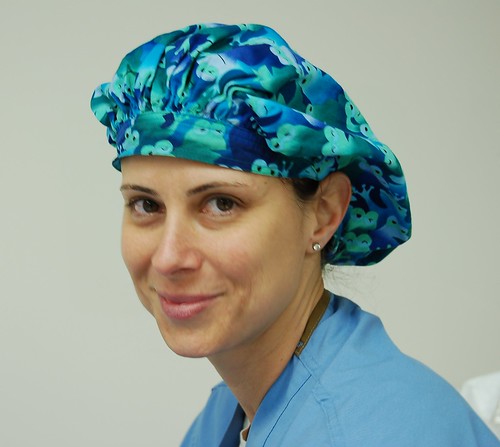
Medical Prototypes

Source: Flickr
With all the recent technological advancements in the area of medicine, it is no wonder that doctors the world over have started shifting its dependence on the computer for virtual models. Instead, they are now turning into actual prototypes, which these computers have produced in the first place.
In the recent past, it was considered a medical breakthrough for doctors and surgeons to be able to make use of accurate 3D computer images to simulate complex surgical procedures or physical processes. Now though, with the continuous developments in the field of medical device prototyping, these 3D computer images are now fabricated into actual models to replicate the complexity of the virtual images. This means that now, doctors and surgeons can study and simulate complex surgical procedures without having to risk using a live physical being or be limited by virtual images on a screen.
No matter how life like and realistic these 3D computer images are, nothing beats the experience of being able to work with something concrete. This has made medical device prototyping a truly remarkable procedure that has revolutionized the medical industry.
At the onset, medical prototyping was used to build models of medical products and instruments. However, with more people using the technology and with continuous developments in this area, medical practitioners have begun to realize other possible applications for this technology.
Now, more and more complex medical device prototyping is utilized to fabricate models for cadavers that can be used in training medical students. With the proper materials, these prototypes can be used over and over again, or at least for a prolonged period of time.
Medical device prototyping is not only for educating medical students.
Expert surgeons also benefit from this technology through the use of prototypes to model and simulate complex bone and tissue connections and systems so that they can further study and examine how best to go through a medical procedure. These medical device prototypes are made to simulate actual anatomical reactions to that if for instance, an incision is made on the anatomical prototype, blood like substances can ooze from it to simulate a real incision on real human flesh.
There are many types of prototype service providers that provide medical device prototyping. With more and more competition among these providers, the medical industry can be assured of more competitive prices, practices and services which in the end, benefit society as a whole.